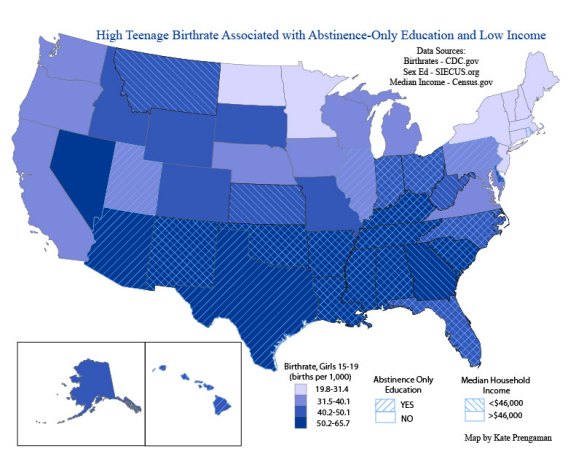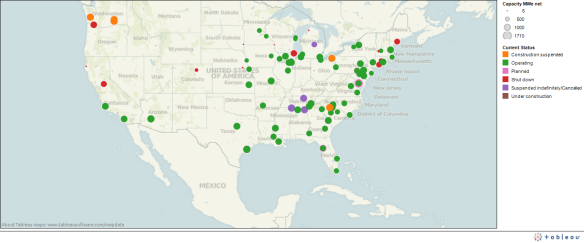Dear Texas,
Your recent decision to cut off funding for women’s health care puts young and low income women and their families across your vast state in danger. I know that you claim that you are trying to prevent taxpayers from financing abortions, which is a controversial procedure, but cutting off funding for clinics that provide gynecological services and birth control is not the solution. You may not have heard this before, but birth control prevents unwanted pregnancies, which prevents abortions.
I know what you are thinking, Texas, you want to tell me that actually, women not having sex is cheaper and more effective at preventing unwanted pregnancies. Which would be true, except that you can’t make people stop having sex. No matter how many times you tell them that it’s bad. It doesn’t even work on impressionable teenagers. To convince you, I built you a map:




